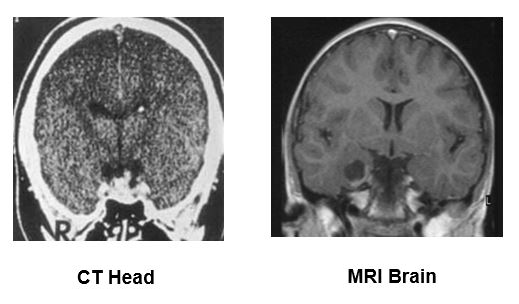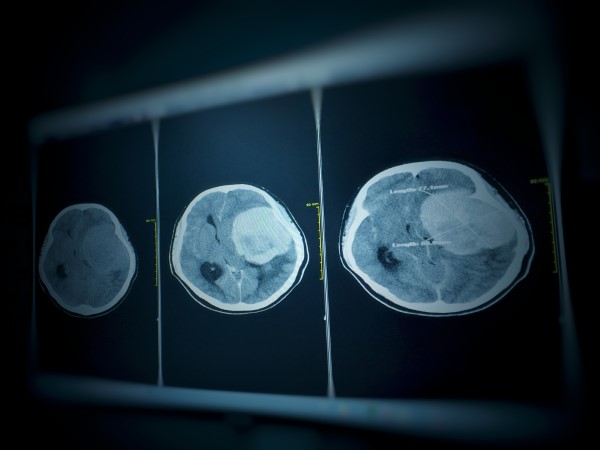Your paediatric neurologist may suggest a scan to evaluate your child’s neurological condition.

What is MRI (Magnetic Resonance Imaging)?
MRI is a medical imaging technique that provides detailed images of organs and structures in the body. It achieves this by using magnets and radio waves to produce high-resolution images on a computer.
One of the benefits of MRI is that it does not involve any radiation, making it a safe option for young children and infants. If your child needs an MRI and is very young, they may be able to undergo the scan while sleeping after a feed. However, if they are older, general anaesthesia (GA) may be necessary.
If Dr. Yeo determines that GA is required, we will schedule an appointment for your child at the hospital’s Day Surgery Unit.
In some cases, a paediatric neurologist may also order additional imaging tests called MR angiography (MRA) and MR venography (MRV) to evaluate the arteries and veins in the head.
What is Computerised Tomography (CT)?
Computed Tomography (CT) is a type of X-ray-based imaging technique.
Compared to a standard chest X-ray, CT delivers a higher radiation dose, which can be a disadvantage in children if multiple CT scans are required. However, CT is very fast and suitable for making many neurosurgical management decisions, especially in trauma cases.
CT is better than MRI in assessing fractures, craniosynostosis (a birth defect in which the baby’s skull joins together too early), intracranial calcification (calcium or mineral deposits in the brain), and intracranial haemorrhages (bleeding in the brain).
Sometimes, a paediatric neurologist may order a CT Angiography (CTA) test to evaluate the blood vessels of the brain.






